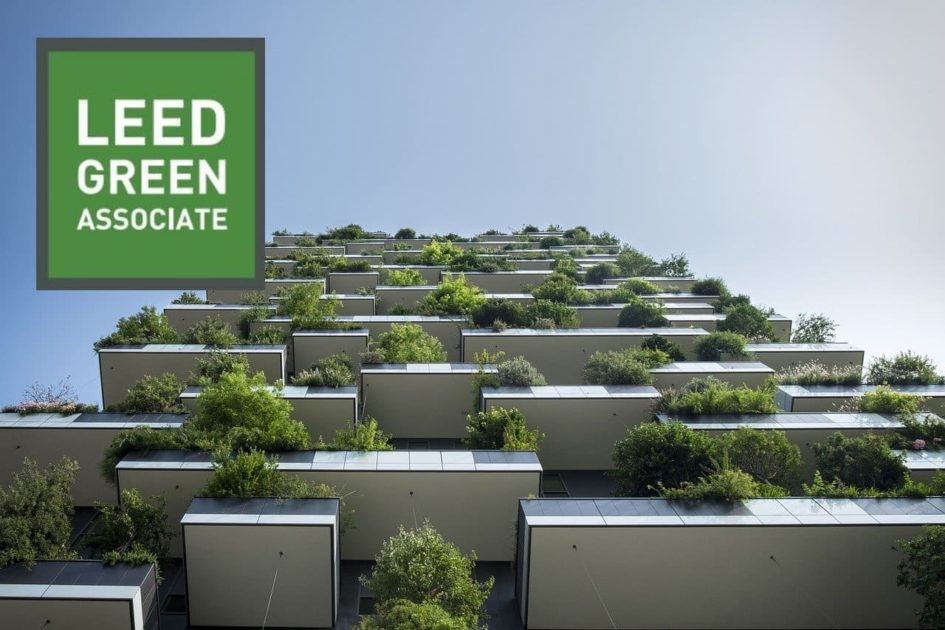As the push toward carbon neutrality continues, the buildings we live and work in have a significant role in Greenhouse Gas Emissions. In 2020, the EPA estimated that Commercial & Residential buildings accounted for 13% of the total greenhouse gasses emitted by the United States. This is from the burning of fuels like natural gas onsite as well as the handling of waste. The electric power buildings use and the emissions associated with construction aren’t included in the 13%.

So what’s the solution? One solution that Burton Energy Group is becoming more familiar with is LEED. The U.S. Green Building Council (USGBC) oversees credentialing for LEED (Leadership in Energy and Environmental Design). While most think of LEED certification for new construction buildings, existing buildings, individual renovations, neighborhoods, and even residential homes can become LEED certified. Every project type focuses on the impact of a building on its surrounding environment. This includes the obvious impact that buildings have on the environment physically like the preservation of natural habitats, storm water run-off, reduction of light pollution, and energy efficiency. The less obvious impact that LEED focuses on is the surrounding neighborhood. LEED wants to create healthy communities where people can easily access the things they need in a clean and beautiful neighborhood.
What does it take to get LEED certified? The answer to that question depends on the project type and the certification level. There are four certification levels: LEED Certified, LEED Silver, LEED Gold, and LEED Platinum. Every project type has a list of credits with 100 total points. As a LEED AP with a specialty in Operations and Maintenance, my focus is on existing buildings. Half of the available points for a LEED O+M project focus on energy and water efficiency. The process for achieving efficiency goals begins just like an energy audit. The building team will receive a list of energy and water conservation measures and they will implement them. Unlike a traditional energy audit, the building will need to report their monthly energy and water usage for a full year to verify the projected savings. LEED assigns the building scores based on the building’s performance compared to similar buildings. The remaining point categories surround site management and transportation. The LEED scoring considers how full-time employees commute to work, cleaning supplies and procedures, waste management, and how the site handles rainwater.

How does LEED benefit my business? The benefits of LEED are more than you probably think. Having a LEED certified building could make the spaces in it more desirable and increase the value. Investment groups are looking for environmentally conscious investments more than ever. If you’re not looking for investors or property value, a LEED building will save you money on operation costs for years to come.
What I think the greatest benefit of having a LEED certified building is the experience. Our office building is a LEED certified building and set in a mixed-use area. The surrounding area is beautiful and there are several restaurants within walking distance. The building itself provides lots of natural light. Having a comfortable environment for the building occupants is better for their overall health. LEED buildings provide a high level of comfort for it’s occupants while remaining energy efficient. Next time you’re walking into a building, look for a LEED plaque in the lobby.
